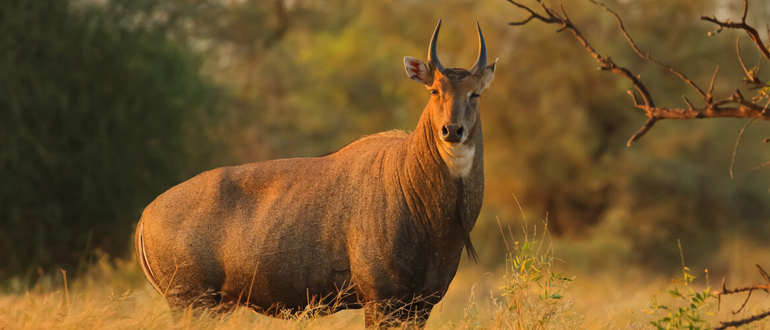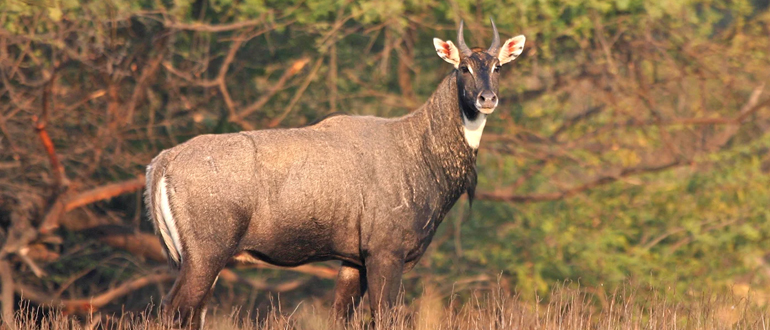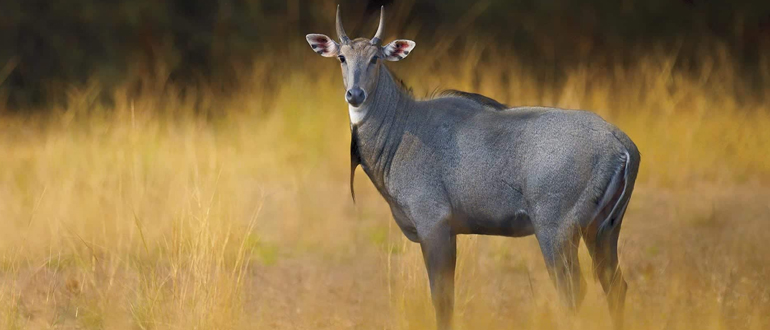
If you’re an avid hunter seeking an unparalleled adventure, look no further than nilgai antelope hunting. Known for their impressive size, unique appearance, and challenging pursuit, nilgai—often referred to as blue bulls—offer a hunting experience unlike any other. These majestic creatures, originally from the Indian subcontinent, have found a second home in the vast, rugged landscapes of southern Texas.
Here, hunters can test their skills and resilience against one of the most robust and elusive game animals in North America.
Nilgai antelope hunting is not just about the chase; it’s about understanding and respecting an animal that has adapted brilliantly to its environment. Tracking and harvesting a nilgai provides both a physical and mental challenge, rewarding hunters with a prized trophy and high-quality, organic meat.
As more outdoor enthusiasts seek sustainable and exciting hunting opportunities, the allure of nilgai antelope hunting continues to grow.
In this blog, we’ll delve deeper into the fascinating world of nilgai hunting, exploring the unique characteristics of these animals, the best firearms and ammunition for the hunt, culinary tips for preparing nilgai meat, and the top hunting opportunities available.
Plus, we’ll introduce you to LandLeader, the ultimate platform for finding the perfect hunting property.
Nilgai Antelope Hunting: A Closer Look

Nilgai, commonly called blue bulls, are fascinating creatures from the Indian subcontinent. They are the only species within the Boselaphus genus and are part of the bovid family. Despite their unremarkable horns, usually around 8″ – 10″ in length, nilgai make a notable impression with their substantial body mass. Mature bulls weigh 600 to 700 pounds, while cows weigh up to 450 pounds.
Dominant bulls often exhibit a striking blueish-black coloration, earning them their name. Their unique morphology, including their seemingly longer front legs and turkey-like black beard, gives them an almost mythical appearance akin to a compact giraffe.
Nilgai were first introduced to Texas in the 1930s on the King Ranch, and they have since thrived in the region, particularly from south of Baffin Bay to Brownsville. The majority of the estimated 35,000 nilgai in Texas are found east of Highway 77, extending towards the coast. Their preference for warmer climates limits their presence in the southern part of the state, as they struggle in colder, wetter conditions.
Guns and Ammo: Must Have for Nilgai Hunt

Hunting nilgai is a formidable challenge due to their resilience and strength. Comparable to Cape buffalo in their toughness, nilgai require substantial firepower to bring down. Most hunting operations recommend a minimum caliber of .300 magnum, but many hunters find a 375 caliber with a 180-grain bullet to be the most effective. The key is using well-constructed bullets that expand while retaining mass. Highly expandable bullets are unsuitable as they may not penetrate deeply enough.
When hunting nilgai, precision is crucial. Heart/lung shots offer the largest kill zones, but some hunters prefer spine shots for a quicker takedown, although this requires familiarity with the animal’s anatomy to avoid shooting above the spine. A follow-up shot is often necessary if the animal is still standing or struggling to rise after the initial hit.
Culinary A+
With the increasing popularity of organic and game meats, nilgai offers a delicious and healthy dining experience. Similar to grass-fed beef, nilgai meat is lean, so it is essential to avoid overcooking to preserve its delicate flavor. Medium rare is the recommended doneness for steaks and chops.
Nilgai meat can be prepared using various methods suitable for beef, such as roasting, stewing, and grinding. Adding beef fat to ground nilgai meat enhances its flavor and juiciness, making it ideal for dishes like sausages, slim jims, and jerky.
Nilgai meat ranks highly among game meats like elk, eland, and axis deer. It provides a substantial amount of quality meat from a single hunt, making it a prized choice for hunters who value both the hunt and the culinary rewards.
Hunting Opportunities

LandLeader: Your Gateway to Prime Hunting Lands
When considering your next hunting adventure, partnering with LandLeader can make all the difference. As a premier land marketing platform, LandLeader connects hunters with prime hunting lands, including those rich with nilgai and other exotic games. Their extensive listings and expert knowledge ensure you find the perfect location to master the art of nilgai antelope hunting.
Whether you seek vast open ranges or specialized hunting grounds, LandLeader provides the resources and support to enhance your hunting experience.
Embark on a remarkable hunting journey with LandLeader and discover the thrill of hunting nilgai antelope, an experience that blends the excitement of the chase with the satisfaction of gourmet game meat.